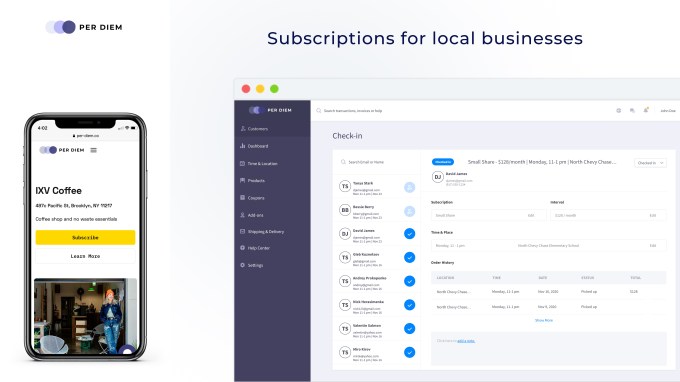After an upward revision, UiPath priced its IPO last night at $56 per share, a few dollars above its raised target range. The above-range price meant that the unicorn put more capital into its books through its public offering.
For a company in a market as competitive as robotic process automation (RPA), the funds are welcome. In fact, RPA has been top of mind for startups and established companies alike over the last year or so. In that time frame, enterprise stalwarts like SAP, Microsoft, IBM and ServiceNow have been buying smaller RPA startups and building their own, all in an effort to muscle into an increasingly lucrative market.
In June 2019, Gartner reported that RPA was the fastest-growing area in enterprise software, and while the growth has slowed down since, the sector is still attracting attention. UIPath, which Gartner found was the market leader, has been riding that wave, and today’s capital influx should help the company maintain its market position.
It’s worth noting that when the company had its last private funding round in February, it brought home $750 million at an impressive valuation of $35 billion. But as TechCrunch noted over the course of its pivot to the public markets, that round valued the company above its final IPO price. As a result, this week’s $56-per-share public offer wound up being something of a modest down-round IPO to UiPath’s final private valuation.
Then, a broader set of public traders got hold of its stock and bid its shares higher. The former unicorn’s shares closed their first day’s trading at precisely $69, above the per-share price at which the company closed its final private round.
So despite a somewhat circuitous route, UiPath closed its first day as a public company worth more than it was in its Series F round — when it sold 12,043,202 shares sold at $62.27576 apiece, per SEC filings. More simply, UiPath closed today worth more per-share than it was in February.
How you might value the company, whether you prefer a simple or fully-diluted share count, is somewhat immaterial at this juncture. UiPath had a good day.
While it’s hard to know what the company might do with the proceeds, chances are it will continue to try to expand its platform beyond pure RPA, which could become market-limited over time as companies look at other, more modern approaches to automation. By adding additional automation capabilities — organically or via acquisitions — the company can begin covering broader parts of its market.
TechCrunch spoke with UiPath CFO Ashim Gupta today, curious about the company’s choice of a traditional IPO, its general avoidance of adjusted metrics in its SEC filings, and the IPO market’s current temperature. The final question was on our minds, as some companies have pulled their public listings in the wake of a market described as “challenging”.







